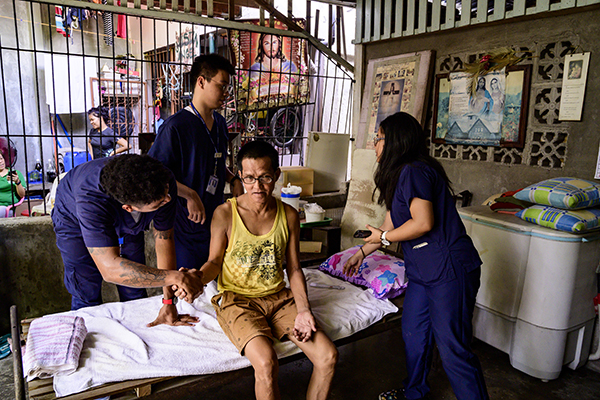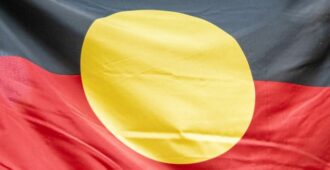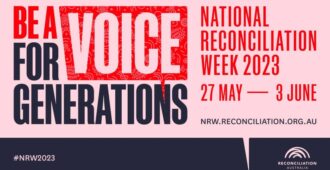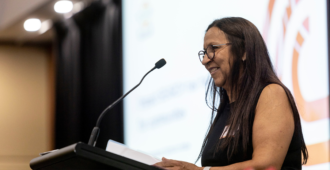
A new study has found Aboriginal families in urban and regional New South Wales regularly experience food insecurity and has identified five key contributing factors that need to be addressed.
The research – led by Aboriginal Doctoral researcher Simone Sherriff and senior researcher Sumithra Muthayya from the Sax Institute – is based on collaborative work with two Aboriginal Medical Services (AMSs): Tharawal Aboriginal Corporation in Campbelltown in outer Sydney and Riverina Medical and Dental Aboriginal Corporation in Wagga Wagga in regional NSW. Extensive interviews were conducted with local Aboriginal people and AMS staff from the two communities, along with stakeholders from local food relief and government agencies, food suppliers and schools.
Aboriginal people felt strongly that food insecurity was a huge issue facing many Aboriginal families in the two communities, despite not being in remote areas. When data obtained from both sites were analysed, the authors identified five key drivers of food insecurity unique to Aboriginal communities in non-remote areas:
- Being trapped in financial disadvantage
- Gaps in the local food system
- Limitations of non-Aboriginal food relief services
- Ongoing impacts of colonisation
- The need to maintain family, cultural and community commitments and responsibilities.
Poverty and unemployment; inequities in the availability and accessibility of affordable healthy food; stigma and racism when accessing organisations for food relief; and generational loss of healthy food knowledge were all reported as significant issues.
Financial barriers were perceived as a major factor impacting on food security, in particular the high price of healthy food available locally, even though the neighbourhoods studied were in suburban and regional rather than remote locations. The ongoing impacts of colonialisation was another theme, highlighting the drastic changes to local food systems that forced Aboriginal people to consume an energy-dense ‘Western’ diet high in fat, salt and sugar.
“Our study brings to light, for the first time, a number of unique factors that affect Aboriginal people’s food security and food choices, several of which are colonial legacies that continue to impact on Aboriginal peoples today,” the authors write.
The findings also highlight the importance of Aboriginal culture, identity, and family and community relationships. The sharing of food and resources among family and the wider Aboriginal community was key to how participants reported dealing with food insecurity, and this reciprocal helping out was overwhelmingly viewed as a positive cultural factor. Food relief charities were another way many Aboriginal families dealt with food insecurity on a short-term basis.
Participants also suggested concrete solutions that could improve food security such as introducing school breakfast programs; cooking and budgeting programs; community vegetable gardens and better transport options so that families can access major supermarkets located outside the community.
“This project is really the communities telling their stories around food insecurity and suggestions for local actions they feel could assist. It demonstrates the importance of hearing first-hand accounts of food insecurity from communities themselves,” says Simone Sherriff.
“We need stronger partnerships between AMSs, local government, food suppliers and health providers. Aboriginal culture and values should be at the heart of any new initiatives. Organisations need to engage with the community to co-design culturally appropriate programs and policies so we can improve health outcomes of Aboriginal people.”
The study, published in BMC Public Health, was embedded within the Study of Environment on Aboriginal Resilience and Child Health (SEARCH), a partnership between the Sax Institute and a number of Aboriginal Medical Services. It was supported by funding from The Australian Prevention Partnership Centre and the National Health and Medical Research Council.





